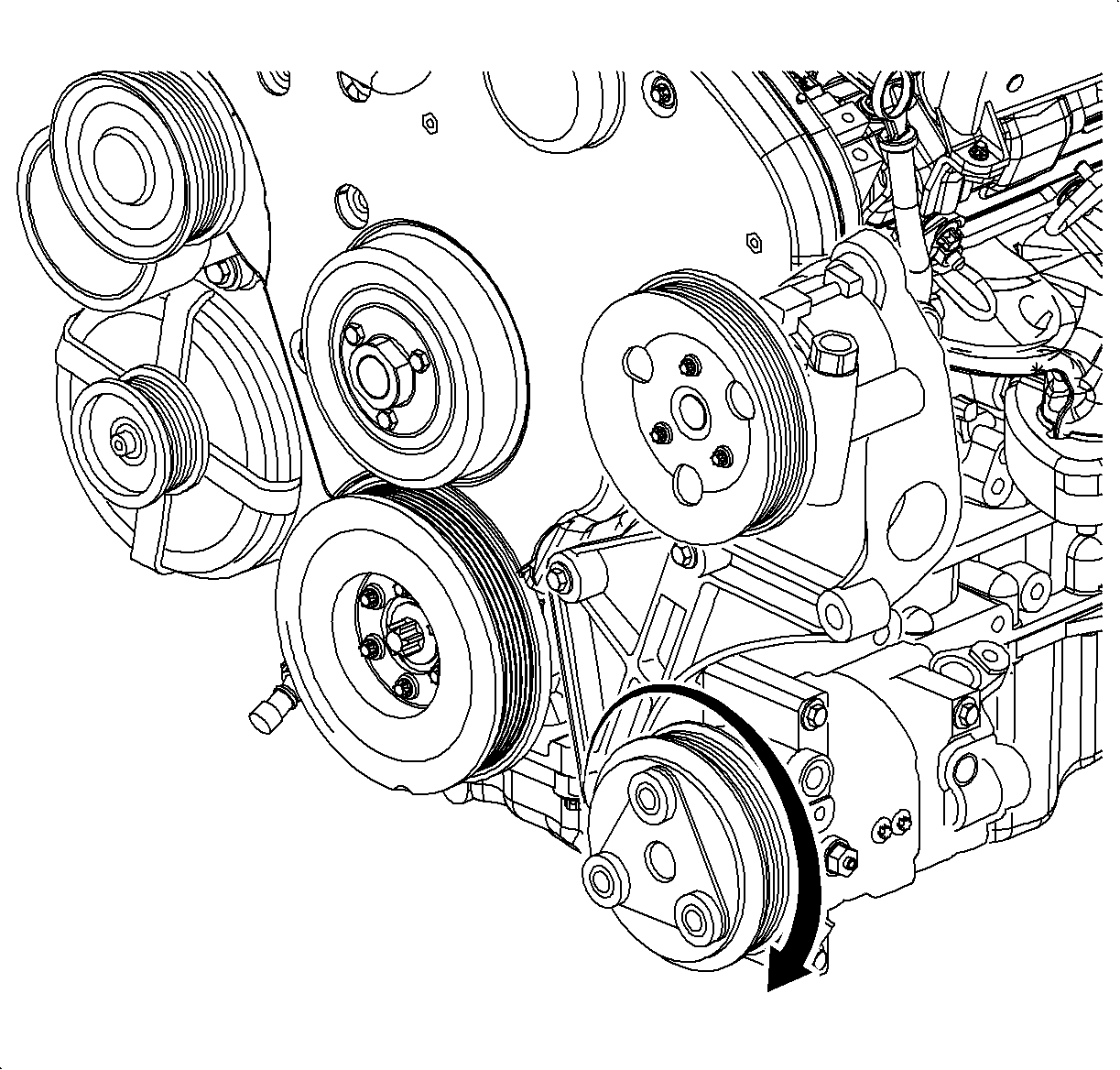For 1990-2009 cars only
Most A/C system problems can be detected by a thorough visual and physical inspection of the system.
- Inspect air deflector, A/C condenser splash shield, condenser to radiator seal, and rear hood seal for missing or damaged parts.
- Inspect outer surfaces of radiator and condenser cores, to be sure air flow is not blocked by dirt, leaves, or other foreign material.
- Inspect for kinks in hoses and lines. Also inspect for refrigerant leaks using a blacklight or an electronic leak detector.
- Inspect for worn/loose drive belt or malfunctioning belt tensioner.
- Inspect blower motor operation at all speeds.
- With blower on high, inspect for equal distribution of air from all outlets.
- Inspect operation of mode control knob and distribution of air from designated outlets.
- Press recirc button with blower on high. A noticeable increase in air flow and sound should occur. Indicator should light.
- Start engine and run until it is up to operating temperature.
- Inspect operation of temperature control knob and air outlet temperature from hot to cold.
- Press A/C button. Indicator should light. Inspect compressor for clutch engagement, slippage, or noise.
- Inspect electric cooling fan operation and speed as determined by system temperature and pressure.
- Turn OFF A/C. Compressor clutch should disengage.
- If any problem is found in any of the previous steps, go to the complaint condition cause charts.
Important: The importance of this inspection cannot be stressed enough because proper heating and cooling depends upon adequate front air flow.

